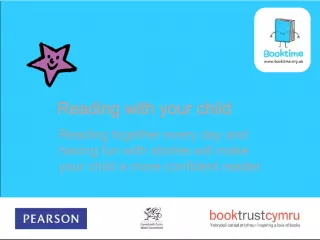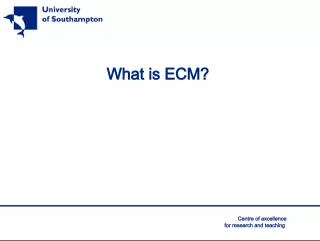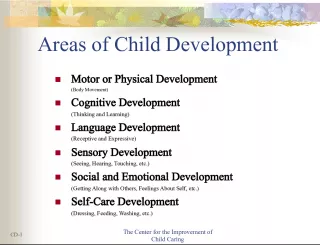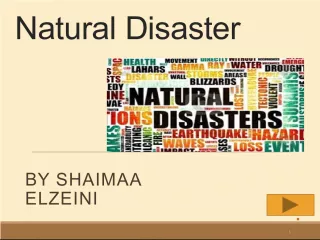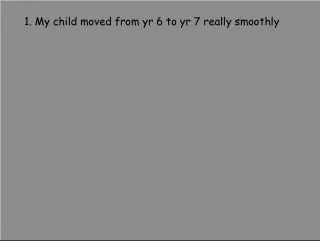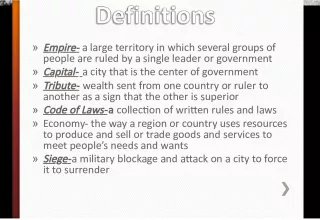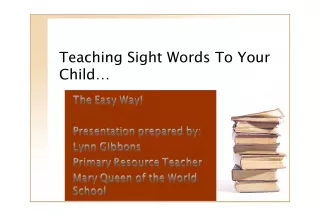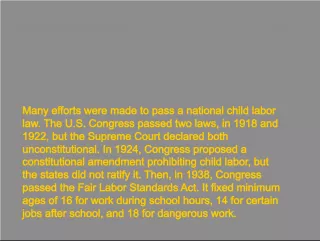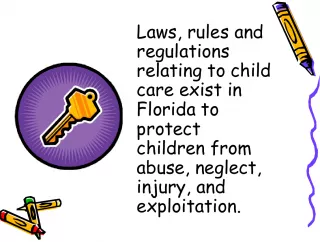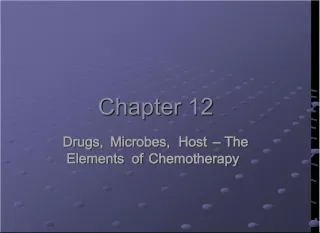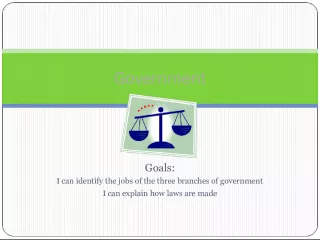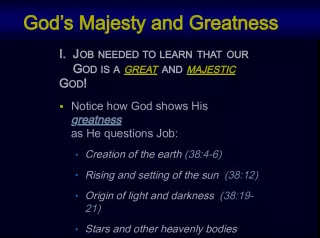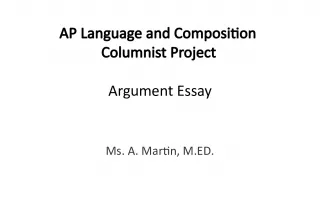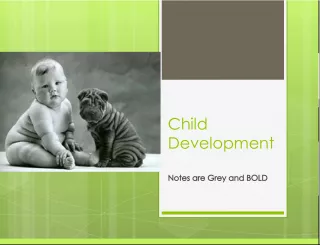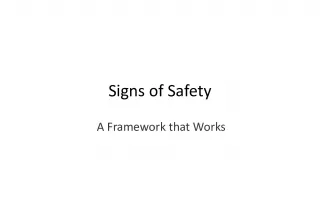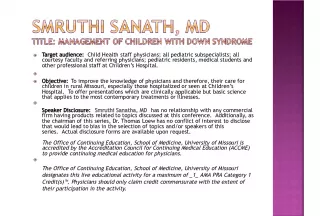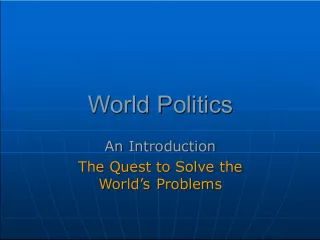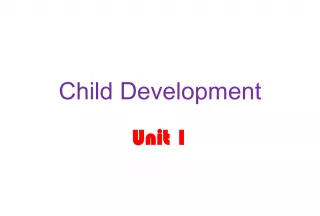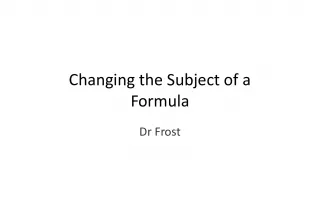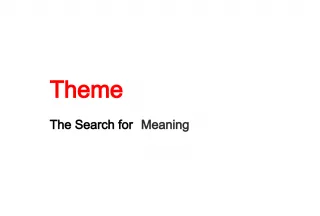Shifting towards Deeper Understanding: How to Help Your Child
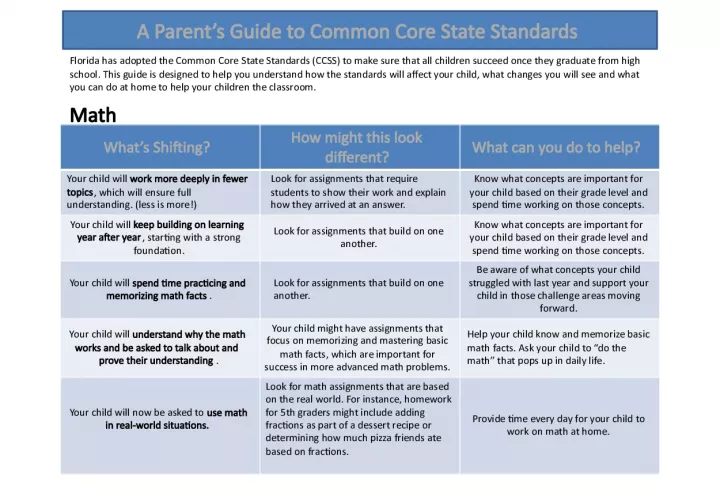

The educational landscape is shifting towards a focus on deeper understanding rather than surface-level coverage of multiple topics. This means that your child may be expected to work more deeply and
- Uploaded on | 0 Views
-
 monali
monali
About Shifting towards Deeper Understanding: How to Help Your Child
PowerPoint presentation about 'Shifting towards Deeper Understanding: How to Help Your Child'. This presentation describes the topic on The educational landscape is shifting towards a focus on deeper understanding rather than surface-level coverage of multiple topics. This means that your child may be expected to work more deeply and. The key topics included in this slideshow are . Download this presentation absolutely free.
Presentation Transcript
Slide1What’s Shifting?How might this look different? What can you do to help? Your child will work more deeply in fewer topics , which will ensure full understanding. (less is more!) Look for assignments that require students to show their work and explain how they arrived at an answer. Know what concepts are important for your child based on their grade level and spend time working on those concepts. Your child will keep building on learning year after year , starting with a strong foundation. Look for assignments that build on one another. Know what concepts are important for your child based on their grade level and spend time working on those concepts. Your child will spend time practicing and memorizing math facts . Look for assignments that build on one another. Be aware of what concepts your child struggled with last year and support your child in those challenge areas moving forward. Your child will understand why the math works and be asked to talk about and prove their understanding . Your child might have assignments that focus on memorizing and mastering basic math facts, which are important for success in more advanced math problems. Help your child know and memorize basic math facts. Ask your child to “do the math” that pops up in daily life. Your child will now be asked to use math in real-world situations. Look for math assignments that are based on the real world. For instance, homework for 5th graders might include adding fractions as part of a dessert recipe or determining how much pizza friends ate based on fractions. Provide time every day for your child to work on math at home. Florida has adopted the Common Core State Standards (CCSS) to make sure that all children succeed once they graduate from high school. This guide is designed to help you understand how the standards will affect your child, what changes you will see and what you can do at home to help your children the classroom. Math A Parent’s Guide to Common Core State Standards
Slide2What’s Shifting?How might this look different? What can you do to help? Your child will now read more non-fiction in each grade level. Look for your kids to have more reading assignments based on real-life events, such as biographies, articles and historical stories. Read non-fiction books with your children. Find ways to make reading fun and exciting. Reading more non-fiction texts will help your child learn about the world through reading . Look for your kids to bring home more fact-based books about the world Know what non-fiction books are grade- level appropriate and make sure your children have access to such books. Your child will read challenging texts very closely , so they can make sense of what they read and draw their own conclusions. Your kids will have reading and writing assignments that might ask them to retell or write about key parts of a story or book. Provide more challenging texts for your kids to read. Show them how to dig deeper into difficult pieces. When it comes to writing or retelling a story, your child will use "evidence" gathered from the text to support what they say. Look for written assignments that ask your child to draw on concrete examples from the text that serve as evidence. Evidence means examples from the book that your child will use to support a response or conclusion. This is different from the opinion questions that have been used in the past. Ask your child to provide evidence in everyday discussions and disagreements. Your child will learn how to write from what they read. Look for writing assignments that ask your child to make arguments in writing using evidence. Encourage writing at home. Write together using evidence and details. Your child will have an increased academic vocabulary . Look for assignments that stretch your child’s vocabulary and teach them that “language is power.” Read often to babies, toddlers, preschoolers and children. Reading Adapted from http://www.engageny.org/sites/default/files/resource/attachments/parent_workshop_backpack_guide.pdf
